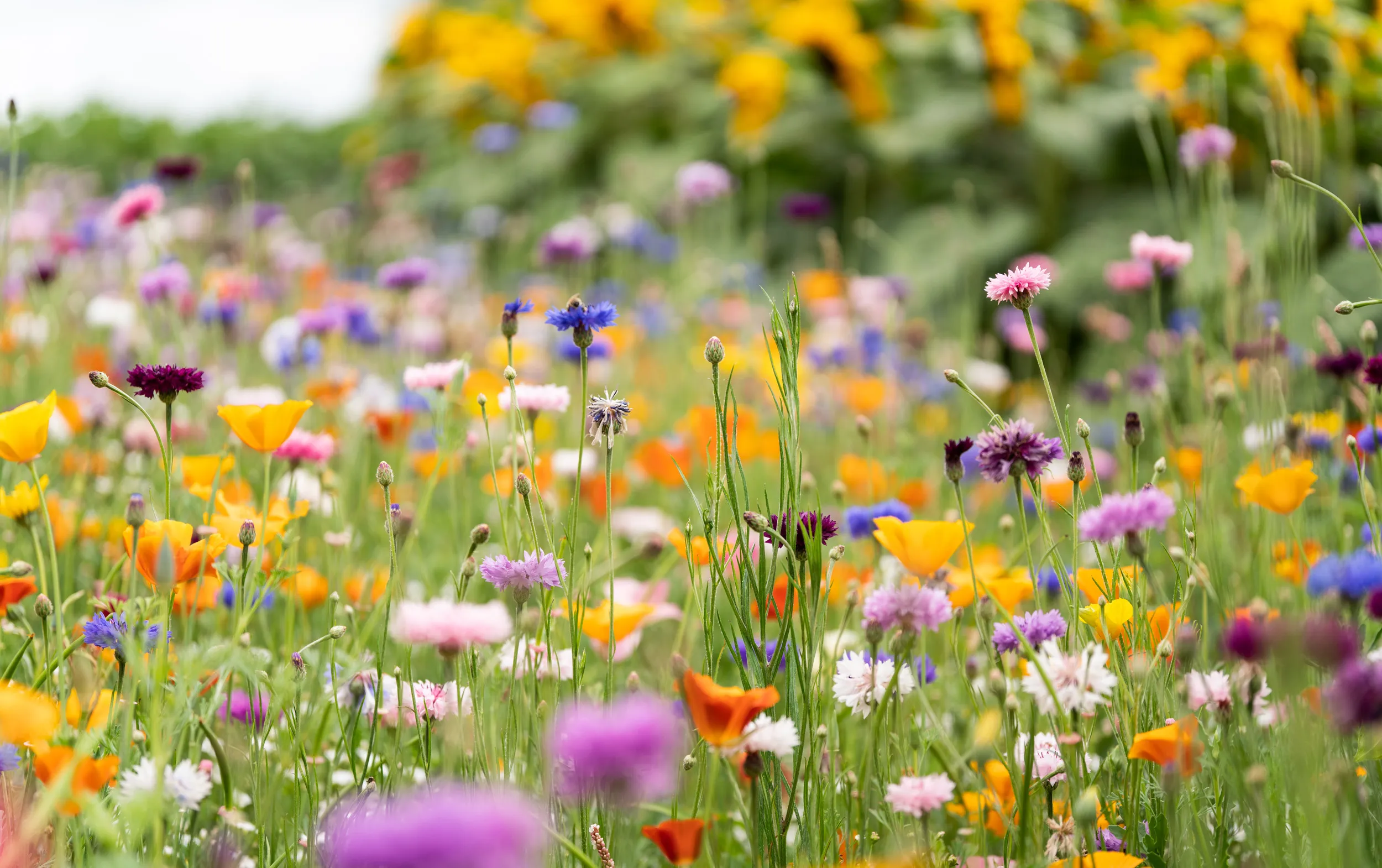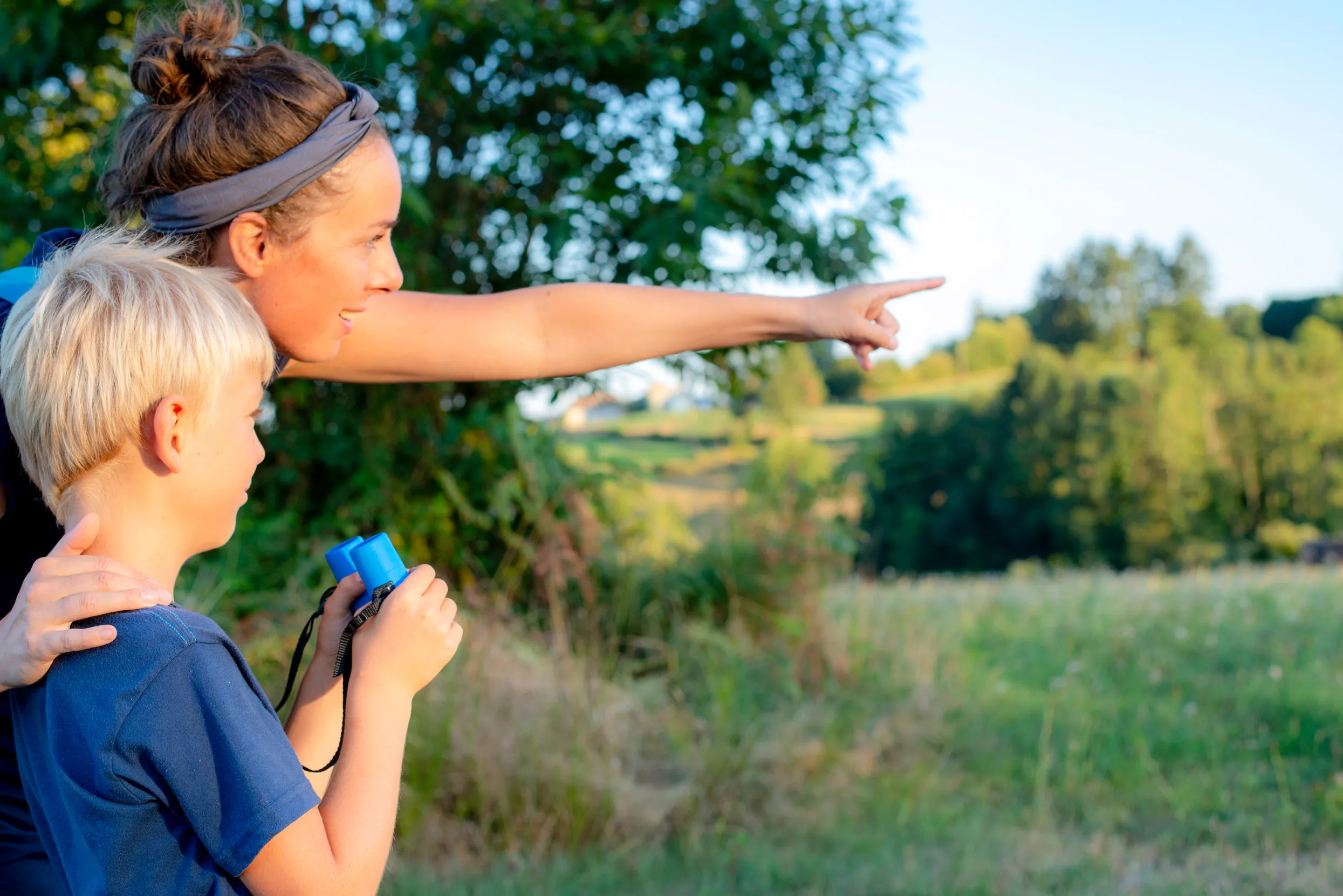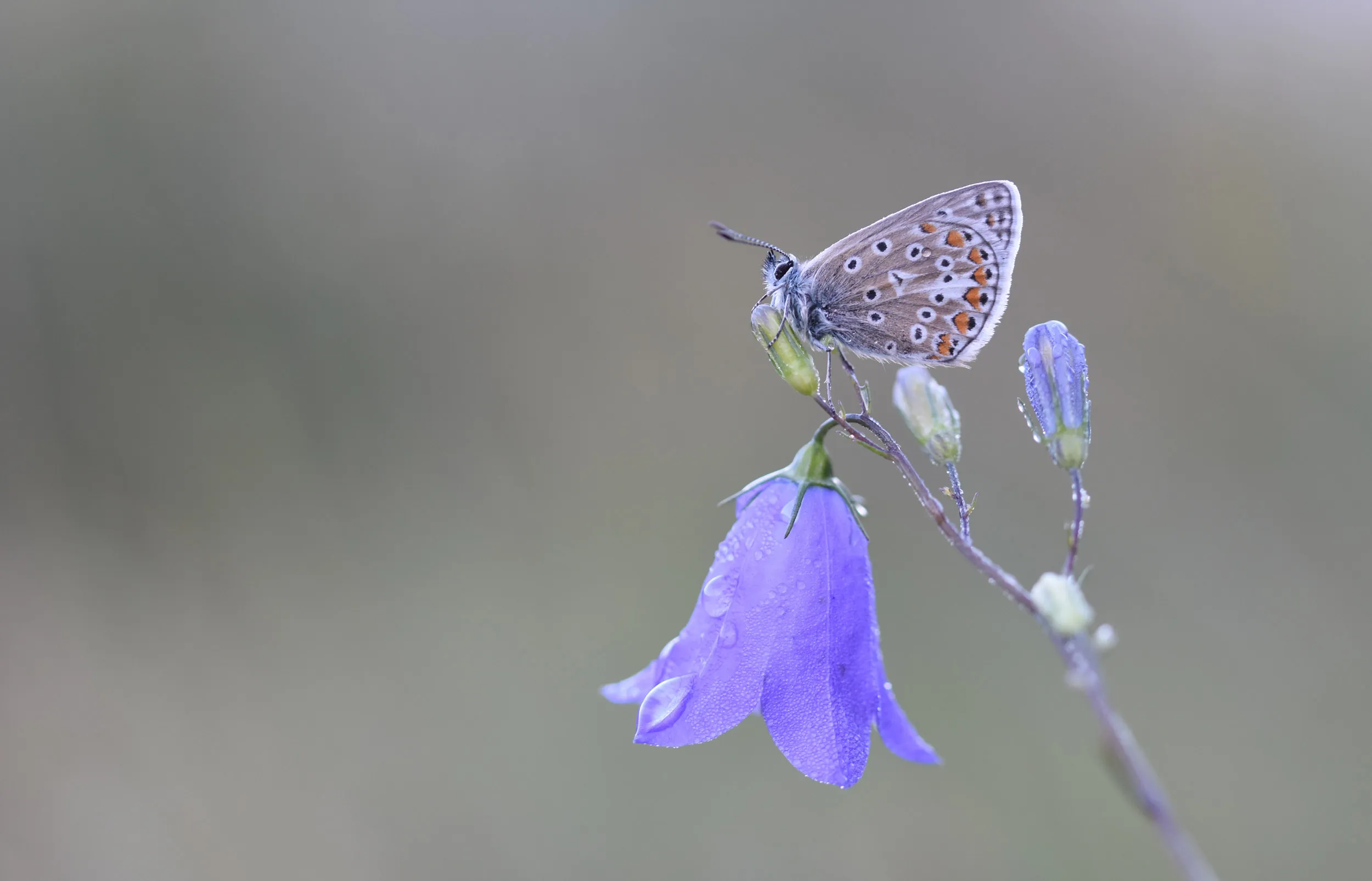For some real-life inspiration, check out Sheffield’s Grey to Green project. This award-winning scheme transformed a tarmacked area of an inner-city neighbourhood into a green public space that encourages cycling and walking, offers people a calm refuge in a busy urban environment and benefits wildlife too!
Advice
Provide stepping stones for wildlife
You can help by providing ‘stepping stones’ of habitat to allow birds, bees, butterflies, frogs and mammals to hop, skip, fly and jump their way around your area.

On this page
Imagine for a moment that you’re a bird, flying high over your neighbourhood. If you looked down, what would you see? Are the patches of green space few and far between? Are there big expanses of barren, grey concrete that would be difficult for wildlife to cross? If so, you can help by providing ‘stepping stones’ of habitat to allow birds, bees, butterflies, frogs and mammals to hop, skip, fly and jump their way around your area.
What are stepping stones for wildlife?
Put simply, stepping stones can be anything that will help wildlife to move between isolated fragments of habitat. When pockets of habitat are linked in this way it makes it much easier for wildlife to find food and water, a mate and somewhere safe to raise a family. You could think of them as little service stations where wildlife can rest and refuel on their journeys from place to place.
From adding potted plants along an alleyway, to growing wildflowers on road verges, there are so many different options to choose from. Whichever you pick, providing stepping stones is a great way to not only help wildlife but bring different parts of your community together for a common cause.

The stepping stones
Step one
First up, you’ll need to spot the opportunities in your neighbourhood. Take a walk around the area, map out what habitat currently exists and speak to people about what they might already be doing for wildlife. Then you can identify any gaps between those island havens.
Step two
Next, you’ll need to find out who owns and has management responsibility for the pieces of land that you’ve identified as the missing pieces of the puzzle. We’ve got lots of tips and advice to help you do this.

Step three
Once you’ve established who you need to talk to you can approach them about making the area more wildlife friendly. For example, you could:
- Work with your local authority to improve road verge management. Instead of mowing these areas regularly, leaving them to grow during spring and summer can increase the number of flowers available for butterflies and bees.
- Encourage landscaping companies that work for house builders to manage community green spaces in a more wildlife-friendly way.
- Establish a ‘poison-free pavements’ project by lobbying your local authority to stop using damaging chemicals like glyphosate. Pesticide Action Network UK have lots of helpful information on this.

Step four
In areas already within your control, you can get to work with your neighbours straight away by growing flowers, planting trees, putting up nestboxes and removing barriers.
Our friends at Buglife also have lots of advice to share on planting for pollinators and you can even get involved in their B-lines initiative, which aims to create a series of ‘insect pathways’ through our towns and countryside.
The Grey to Green Project